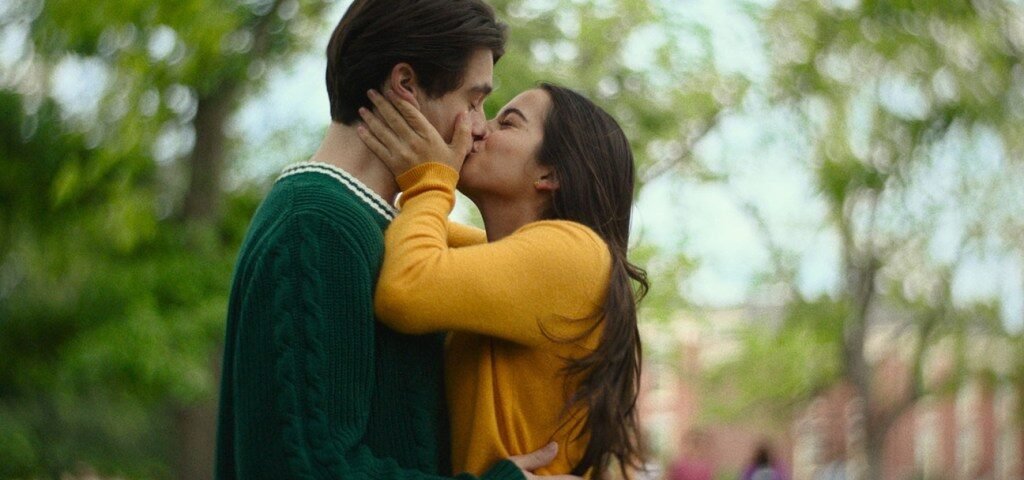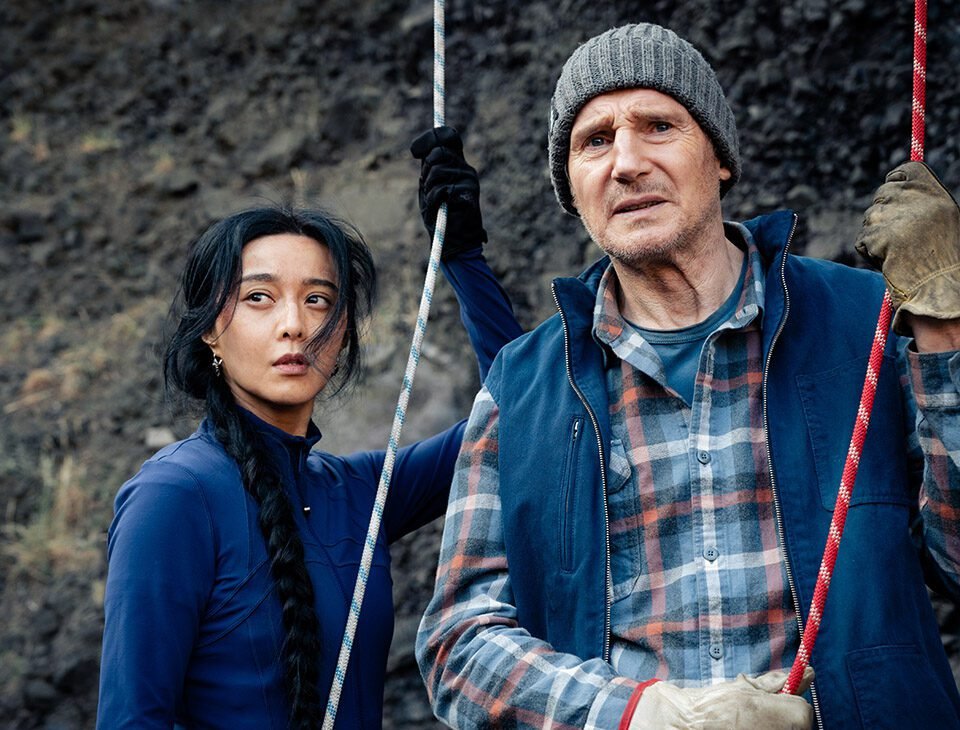


Critic’s Notebook: Nancy Savoca’s ‘Dogfight,’ a ’90s Gem With Timely Resonance, Enters Criterion Collection
May 1, 2024


‘Unfrosted’ Review: Melissa McCarthy in Jerry Seinfeld’s Lightweight but Satisfying Pop-Tarts Origin Story
May 3, 2024The ‘Madame Web’ actress plays a teenager navigating her mind’s unruly terrain in Hannah Marks’ Max film.
Turtles All the Way Down
Merced bolsters an empathetic portrait.
Many things weigh on Aza Holmes, the anxious protagonist of Hannah Marks’ Turtles All the Way Down, but none more than the existence of bacteria. Thoughts of these microorganisms — the ease with which they can infiltrate a body and the chances of infection — plague her. She worries about a wound on her left middle finger, a slit in the skin she can’t let heal. Picking at the sore relieves her obsessive thought spirals, but it also activates a new round of worries about contamination, disease and the impossibility of safety.
The action in Turtles All the Way Down (screenplay by Elizabeth Berger and Isaac Aptaker) kicks off with news of a fugitive billionaire. Russell Pickett, a scientist facing federal charges, has been missing for days, and police are offering a $100,000 reward for any information on his whereabouts. During one of their regular lunch dates at Applebee’s, Aza’s best friend Daisy, a boisterous and witty teen who works at a Chuck E. Cheese-coded venue and writes Star Wars fan fiction, plots a way to get the cash. She reminds her friend that they are not the kind of people who can afford to turn up their noses at money. (It’s one of only a few moments where Turtles All the Way Down does more than gesture at deeper class politics.)
Despite Aza’s namesake (her last name is Holmes), Turtles All the Way Down is only vaguely concerned with the instigating mystery. The brainy teenager quickly abandons her detective role after a member of Pickett’s security team catches her and Daisy trespassing. He shuttles the pair to the mansion, where Davis and his younger brother Noah (Miles Ekhardt) live seemingly without any real adult supervision. (Their mother died years ago.)
It only takes a few smiles and one longing look for Davis and Aza to rekindle their relationship. The pair hang out every day and their texts buzz with a familiar adolescent urgency and frequency. Aza wonders if she might be able to have a life that resembles, in her words, that of “normal people.”
But the obsessive thoughts never stay quiet for long enough. They hum in the background of her budding relationship with Davis, whose character struggles to escape the one-dimensionality of the Boy Next Door prototype. Mallard sheds the downbeat misanthropy of his character in Ginny & Georgia for a more sensitive and nurturing posture here, but despite the actor’s best efforts and real chemistry with Merced, Davis is essentially a one-note character. We know he appreciates art and attends private school, but the emotional texture of his life falls comparatively flat to Aza’s. This plagues the central love story, which, although quite tender at times, runs almost exclusively on a cursory kind of sweetness.
Conversations between Aza and her psychiatrist (Poorna Jagannathan) help us better understand the push and pull of the teenager’s condition. The resolute doctor urges Aza to take her medication, talk more about her father’s death and take therapy seriously. But Aza is resistant and, at one point, confesses that the pills make her feel too subdued. These sessions give the teen’s later attempts to cleanse herself by swallowing hand sanitizer a poignant desperation.
Merced’s performance hits its stride in these scenes, as well as when Aza navigates difficult confrontations with her mother and Daisy. A particularly challenging argument with the latter makes for some of the movie’s most stirring moments. Merced and Cree’s natural chemistry, affirmed early on through montages of their characters grooving to Outkast, draws us into this friendship and keeps us invested through the highs and lows.
What a shame that we don’t get to experience even more of Aza and Daisy, whose conversations capture many of the lessons Turtles All the Way Down has to offer. It’s through this relationship — above all others — that Aza wakes up to the ways pining for a “normal” life has kept her from being present for her own.





